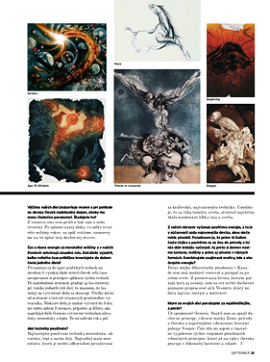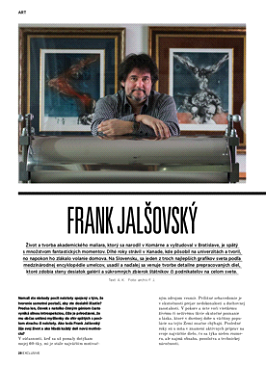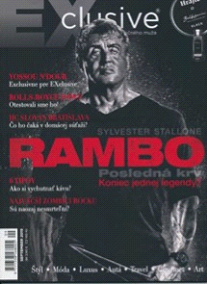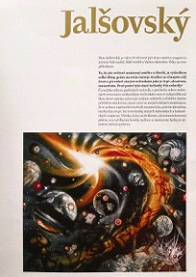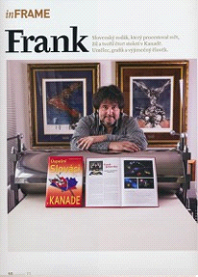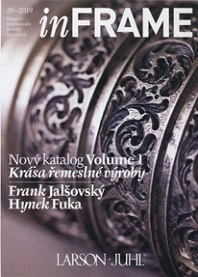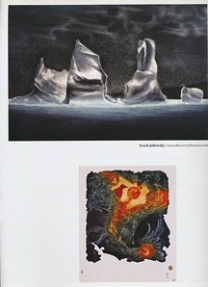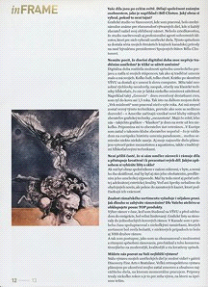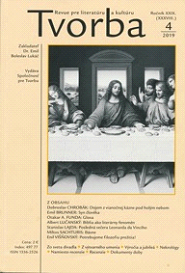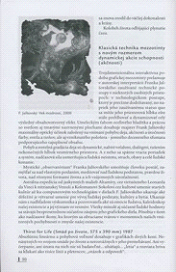Printmaking techniques: dry point, etching, aquatint and mezzotint
Back
In today's newsletter, we would like to share not only our news, but also explain a bit more about the printmaking techniques. Often our customers ask how were pictures in our gallery created. To be present at the whole process and watch it in person would be ideal, but that is not always possible. Creation of a more complex artwork using several printmaking techniques can take several months up to a year.
The most commonly used printmaking techniques are dry point, etching, aquatint and mezzotint.
The technique appears to have been invented by the Housebook Master, a south German 15th-century artist, all of whose prints are in drypoint only. Among the most famous artists of the old master print Albrecht Dürer produced 3 drypoints before abandoning the technique; Rembrandt used it frequently, but usually in conjunction with etching and engraving. As intaglio techniques, they can all be used on the same plate.
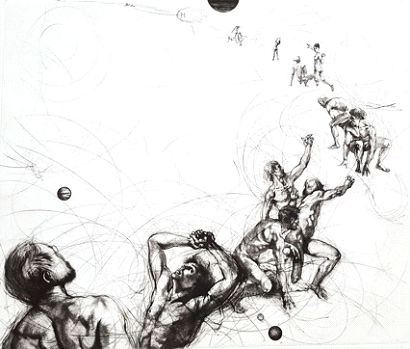
The acid "bites" into the metal to a depth depending on time and acid strength, leaving behind the drawing skillfully carved into the emulsion on the plate. The remaining ground is then cleaned off the plate and the plate is inked in any chosen non-corrosive ink all over and the surface ink drained and wiped clean, leaving ink in the etched forms.
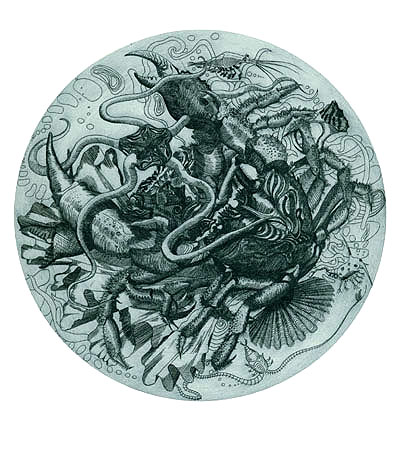
Mezzotint achieves tonality by roughening the whole metal plate surface with thousands of little dots made by a tool called "rocker" – a blade with a curved serrated edge, as evenly as possible in all directions. The rougher the rocker, the heavier is the burr. If this is properly done, the entire plate is covered with uniform burrs.Where lighter tones are desired, the burr is gradually removed, and in the white areas the plate is burnished back to its original finish.
The technique is laborious and requires considerable skill and perseverance. In printing, the tiny pits in the plate retain the ink when the face of the plate is wiped clean. This technique can achieve a high level of quality, subtle gradations of tone and richness in the print.
The mezzotint printmaking method was invented by the German amateur artist
Ludwig von Siegen (1609–c. 1680).
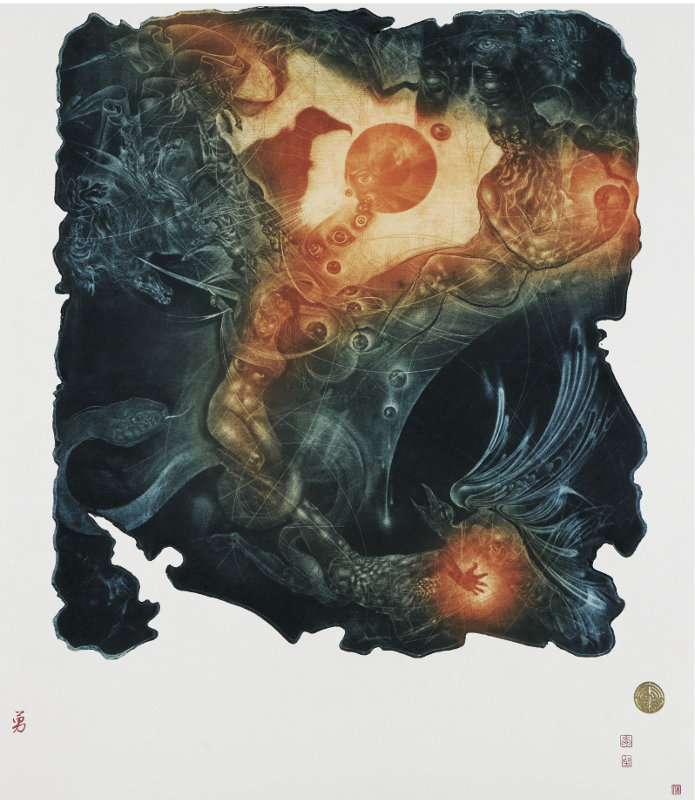
If the rosin grains are evenly spaced, and you bite the plate deeply in an acid bath, aquatint can provide a black like no other in any medium. In addition, once you have an aquatint ground on the plate, you can create many different tones and many different kinds of marks. Be it black or full color, aquatint prints truly display both artistic skill and mastering of an old technique.

The final step in all of the above-mentioned techniques is the same: the plate is inked in any chosen non-corrosive ink all over and the surface ink drained and wiped clean, leaving ink in the etched forms. The plate is then put through a high-pressure printing press together with a sheet of paper (often moistened to soften it). The paper picks up the ink from the etched lines, making a print.
Following are articles about the artwork and views of Frank Jalsovsky recently published in various magazines.

September 2019

December 2019

Revue for Literature and Culture
December 2019
In closing allow us to thank you all for your loyalty, friendship and support, and to wish you Joyous Christmas and a Happy New Year 2020 filled with Love, Good Health, Understanding and Happiness.
Renka and Frank Jalsovsky.
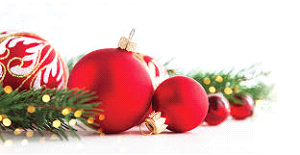 Back
Back
The most commonly used printmaking techniques are dry point, etching, aquatint and mezzotint.
Drypoint
Drypoint is a printmaking technique of the intaglio family, in which an image is incised into a copper or zinc plate (or "matrix") with a hard-pointed "needle" of sharp metal or diamond point. It is called drypoint because it is a dry process, an acid-free process.The technique appears to have been invented by the Housebook Master, a south German 15th-century artist, all of whose prints are in drypoint only. Among the most famous artists of the old master print Albrecht Dürer produced 3 drypoints before abandoning the technique; Rembrandt used it frequently, but usually in conjunction with etching and engraving. As intaglio techniques, they can all be used on the same plate.

Etching
Etching as a method of printmaking is along with engraving the most important technique for old master prints. In traditional pure etching, a metal (usually copper, zinc or steel) plate is covered with an acid-resistant emulsion. The artist then scratches off the ground with a pointed etching needle where he or she wants a line to appear in the finished piece, so exposing the bare metal. The plate is then dipped in a bath of acid.The acid "bites" into the metal to a depth depending on time and acid strength, leaving behind the drawing skillfully carved into the emulsion on the plate. The remaining ground is then cleaned off the plate and the plate is inked in any chosen non-corrosive ink all over and the surface ink drained and wiped clean, leaving ink in the etched forms.

Mezzotint
The term mezzotint (from Italian mezza tinta, “halftone”) derives from the capability of the process to produce soft, subtle gradations of tone.Mezzotint achieves tonality by roughening the whole metal plate surface with thousands of little dots made by a tool called "rocker" – a blade with a curved serrated edge, as evenly as possible in all directions. The rougher the rocker, the heavier is the burr. If this is properly done, the entire plate is covered with uniform burrs.Where lighter tones are desired, the burr is gradually removed, and in the white areas the plate is burnished back to its original finish.
The technique is laborious and requires considerable skill and perseverance. In printing, the tiny pits in the plate retain the ink when the face of the plate is wiped clean. This technique can achieve a high level of quality, subtle gradations of tone and richness in the print.
The mezzotint printmaking method was invented by the German amateur artist
Ludwig von Siegen (1609–c. 1680).

Aquatint
(from Italian àcqua = water, tinta = tone) Aquatint is the most flexible and precise method of creating tones in etching. Grains of rosin are dusted onto a plate, then melted slightly, so that the rosin can create tiny islands for acid to bite around. By timing how long the plate is left in the etching tub the results vary in tone. The longer you leave the plate in acid the darker tone you will receive. Aquatint provides a texture, or tooth, to hold the ink.If the rosin grains are evenly spaced, and you bite the plate deeply in an acid bath, aquatint can provide a black like no other in any medium. In addition, once you have an aquatint ground on the plate, you can create many different tones and many different kinds of marks. Be it black or full color, aquatint prints truly display both artistic skill and mastering of an old technique.

The final step in all of the above-mentioned techniques is the same: the plate is inked in any chosen non-corrosive ink all over and the surface ink drained and wiped clean, leaving ink in the etched forms. The plate is then put through a high-pressure printing press together with a sheet of paper (often moistened to soften it). The paper picks up the ink from the etched lines, making a print.
Following are articles about the artwork and views of Frank Jalsovsky recently published in various magazines.

September 2019

December 2019

Revue for Literature and Culture
December 2019
In closing allow us to thank you all for your loyalty, friendship and support, and to wish you Joyous Christmas and a Happy New Year 2020 filled with Love, Good Health, Understanding and Happiness.
Renka and Frank Jalsovsky.
 Back
Back




